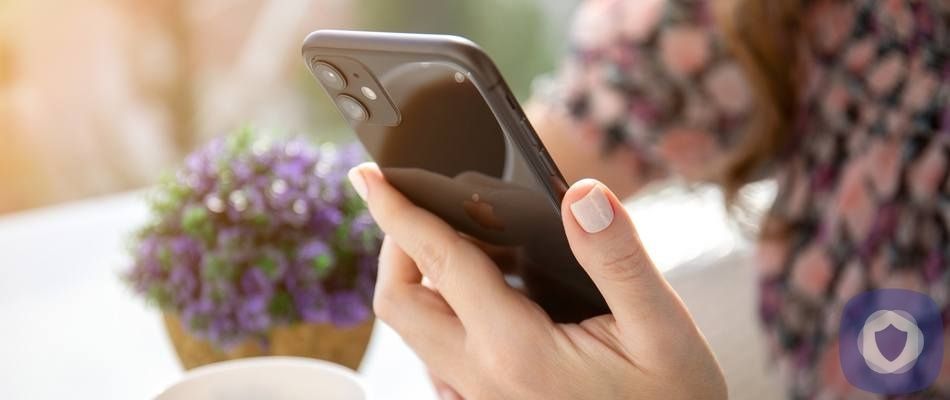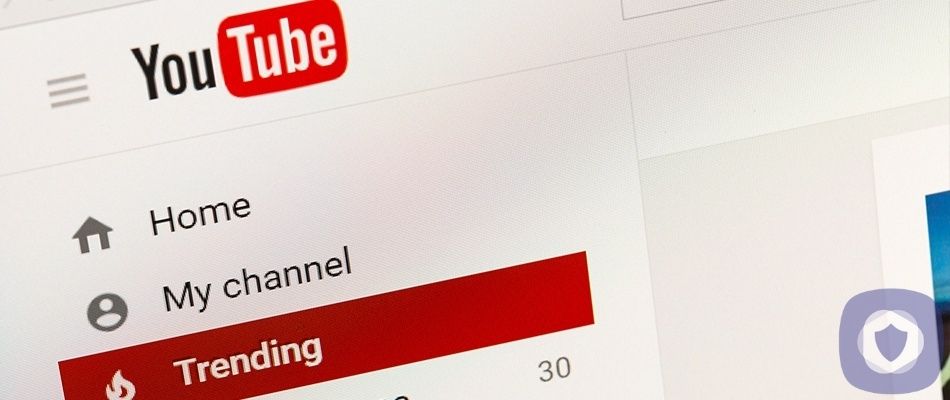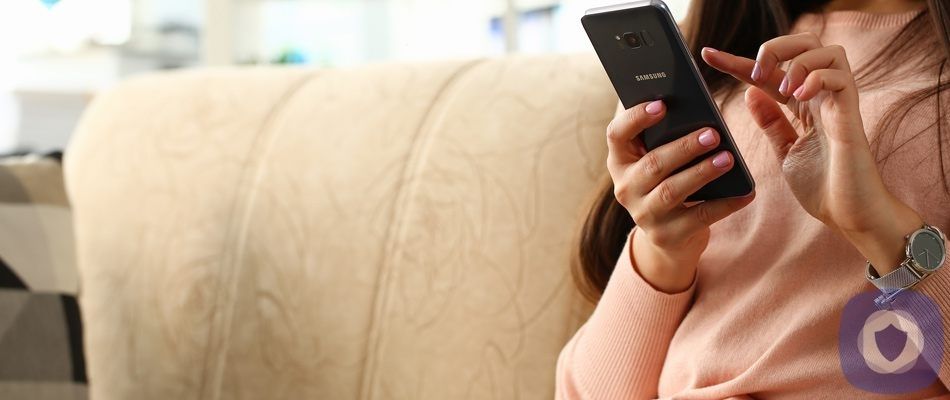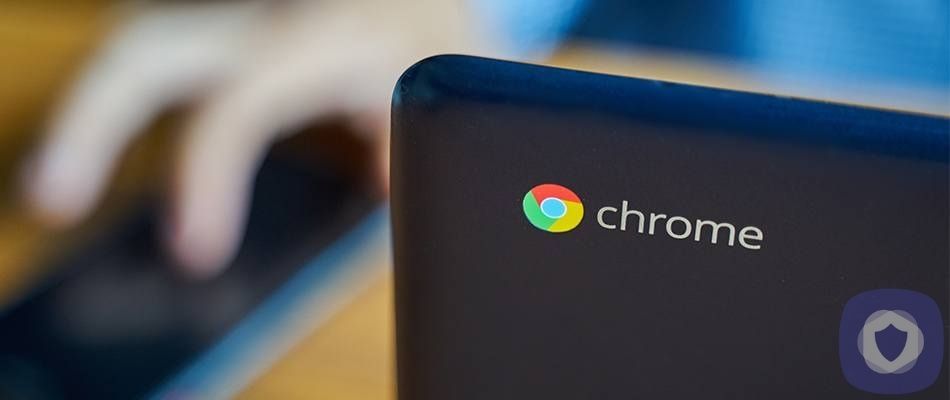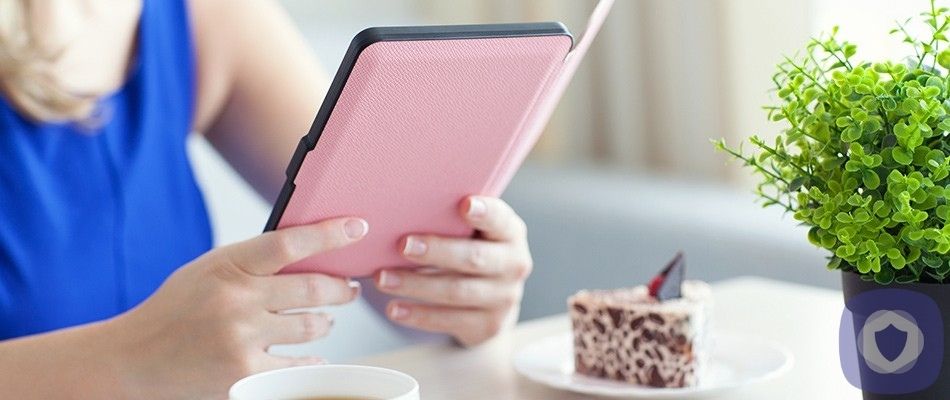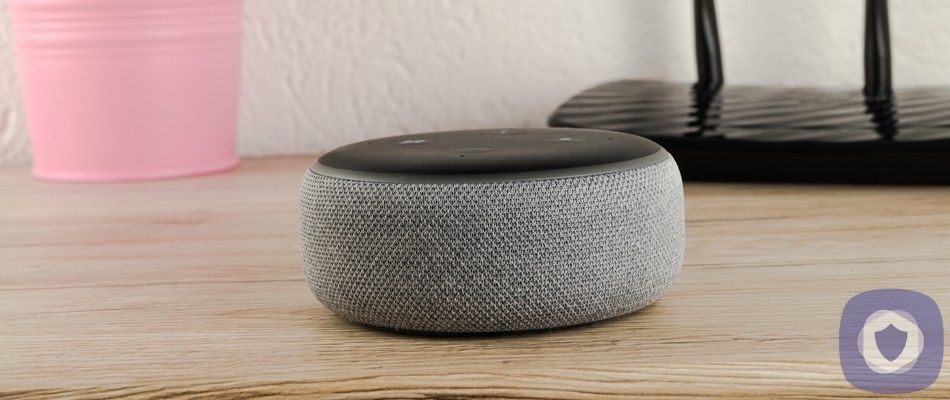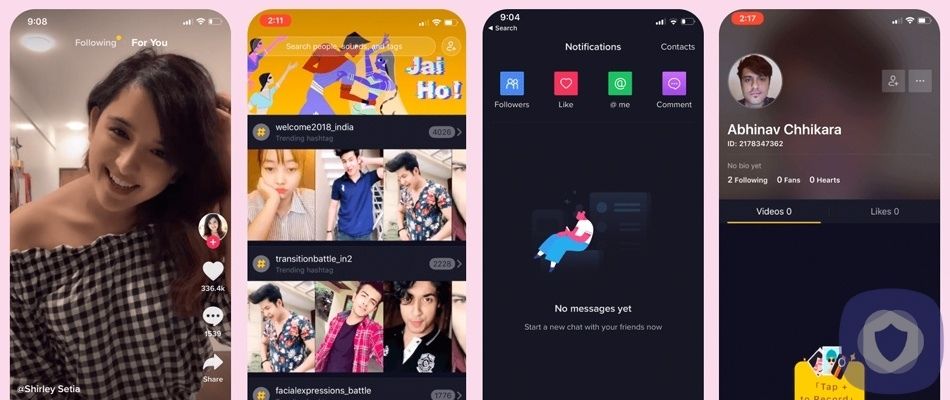It’s an almost inevitable rite of passage for kids these days—the acquisition of their first Apple iPhone. While some families delay it longer than others, sooner or later, it seems most kids eventually get their hands on one, Then the parental hand wringing begins.
And for good reason. Having an iPhone opens the world to kids in ways that were simply unimaginable years ago—in good ways and in bad. We’ve all heard stories about online bullying, the prevalence of adult websites, violent content and other dangers that kids can run into while using their phones.
That’s the bad news. Here’s the good news: There are things parents can do to make iPhone usage a lot safer. (We've actually named an iPhone one of the safest first phones for kids - it just takes some setup work.) We’re not talking about software or apps you have to purchase and install either, though those may help too. There are actually parental controls built into your kid’s iPhone that you can easily and quickly set up. They can all be found in the Screen Time section under Settings. Here are the parental controls that you should set up on your kid’s iPhone right now. (Note - since both iPhones and iPads run on Apple's iOS - these tips will nearly all work on current iPads as well!)
Family Sharing
To get started, add your children to the Family Sharing program, which is built into iPhone's iOS. This lets you share pictures, movies, calendars and more within your family unit. More importantly, though, it gives you the ability to monitor their screen time, set limits as to when they can use their phone, what they can do on it and more, which we’ll discuss below.
To add them using your own phone, tap on your name under Settings > Family Sharing. There you can invite your family members (up to six) to the program either via iMessage or in person. Once they accept, you’re linked and can access the controls listed below.
You can also set it up on their phone directly. Under their Settings, tap Screen Time > This is My Child’s iPhone. You’ll then be asked to create a new password (one that’s different from the one they use to open their phone), which you’ll need to utilize some of the parental controls.
Limit Screen Time Feature / Enable Downtime
Once they’re included in your Family Sharing, you will have access to a number of features, including Limit Screen Time/Enable Downtime, a new feature that debuted with iOS12.
Not only does this let you see how much time your child is spending online daily and where, but you’ll get a report each week that compares their usage over time. You can also set rules there that disable their phones during certain times, such as between 9 p.m.-7 a.m. on school nights when they should be sleeping or during homework time. Note, however, that calls and texts will still go through.
Limit Purchases
Ever see those stories about kids who somehow rack up thousands of dollars in purchases online while their parents are none the wiser… until they get the bill? To avoid being one of them, you can block your child’s ability to make purchases on their phones.
To do so, go to Privacy Restrictions > iTunes & App Store Purchases. There you can choose to allow or disallow their ability to install and delete apps and make in-app purchases. You can require that you or another parent approve any purchase requests and you can also mandate that a passcode (which you set) is required before making any purchases.
App Limits
For more specific control over apps, go to App Limits. There you can set time limits for a variety of different apps, including games, social networking and entertainment (or for specific apps). For example, you can limit their time on Instagram to 30 minutes per day and games such as Roblox to 2 hours or whatever amount of time you see fit. You can customize them for each day of the week too, in case you want to expand the limits on weekends or vacation days.
Content Restrictions, Allowed Apps & Siri
Content Restrictions allow you to determine which type of movies, TV shows, books and apps you want to allow your child to purchase. For example, under Movies, you can restrict them to movies rated G and PG only, or under Apps you can limit to those rated only for children 4+ and 9+.
You can also block certain apps all together. First, go to Allowed Apps. Select the ones you don’t want them to be able to access, and they’ll be blocked. This is a good way to keep young children off of social media apps, or facetime.
As for Siri, who can get a little too sophisticated for kids sometimes, you can also block youngest kids from using it altogether. Under Content & Restrictions, click Siri and you’ll be able to block it from searching the Web when asked a question and/or prevent Siri from using explicit language.
Photo Sharing
Where, if anywhere, are you comfortable with your kids sharing photos? You can decide to prevent them from being accessed by various apps if you choose to. For example, you may allow them to share photos on Instagram, but not on gaming apps they have installed. To disallow any, go to Content & Privacy Restrictions > Photos.
Prevent Changes
To make sure they don’t lock you out of their phone or make expensive changes to their account, tap on Content & Privacy and then Allow Changes. There you can tap to choose not to allow them to make changes to their settings.
Location Services
If you want to be able to locate your child (or at least your child’s phone) via Find My iPhone, make sure that their Location Services setting is turned on. Once this setting is on, you’ll be able to find your child by using the Find My Friends app on your own phone. To keep your child from turning it off when they don’t want you to know where they are, you can disallow changes to Location Services under the same setting.
Related: Check our our list of the best GPS trackers for kids.
iPhone parental controls: The bottom line
All these parental controls available in iOS devices are a great way to help your child use their phone more safely and many parents don’t even realize they’re there. They’re not foolproof, and they’re no substitute for open, honest discussions with your child about their phone use and vigilant daily or weekly monitoring of their phone activity by you. But they can help, and in this dizzying digital day and age, every little bit of help is welcome.
This article has been reviewed and approved by Officer Banta.

Officer Banta is the official SecurityNerd home security and safety expert. A member of the Biloxi Police Department for over 24 years, Officer Banta reviews all articles before lending his stamp of approval. Click here for more information on Officer Banta and the rest of our team.

